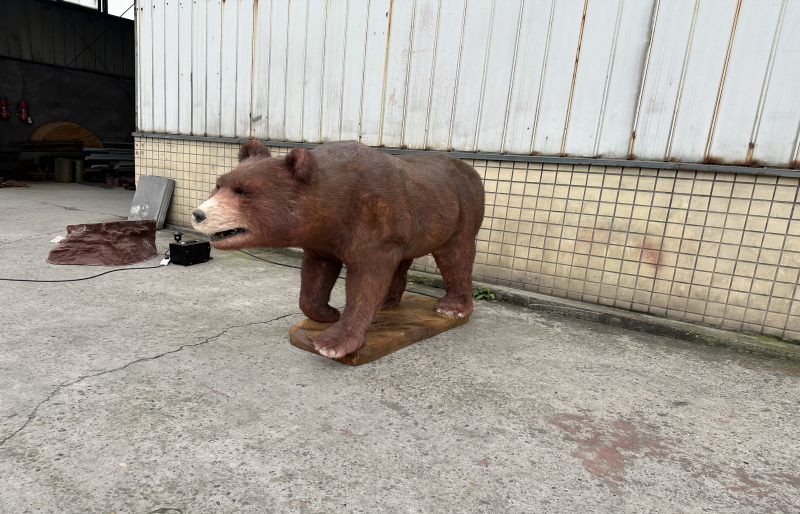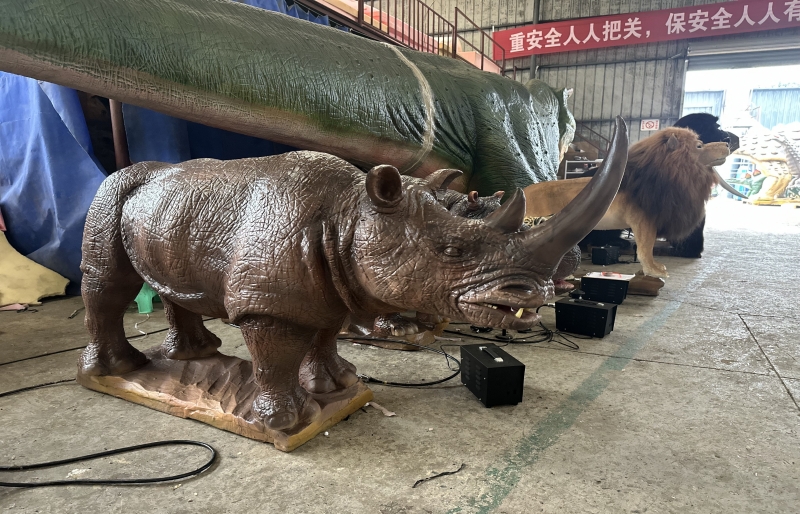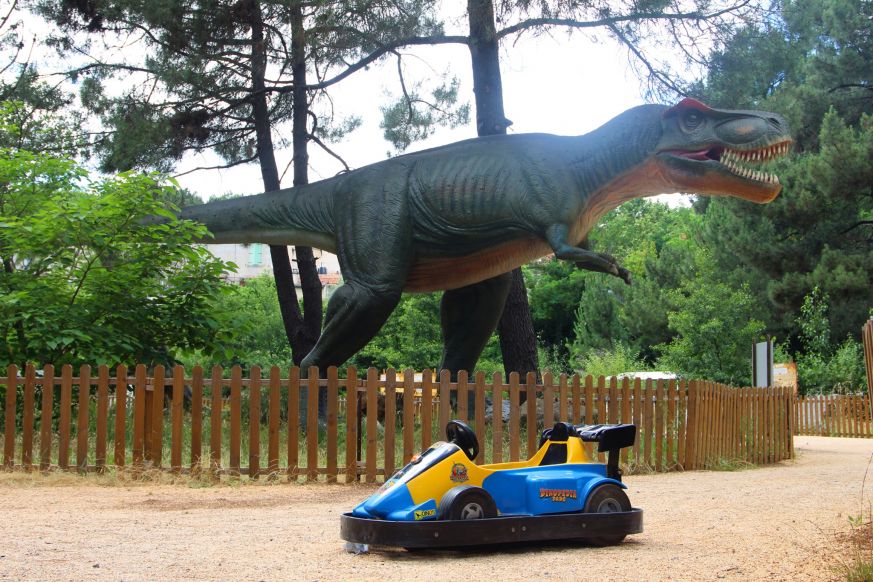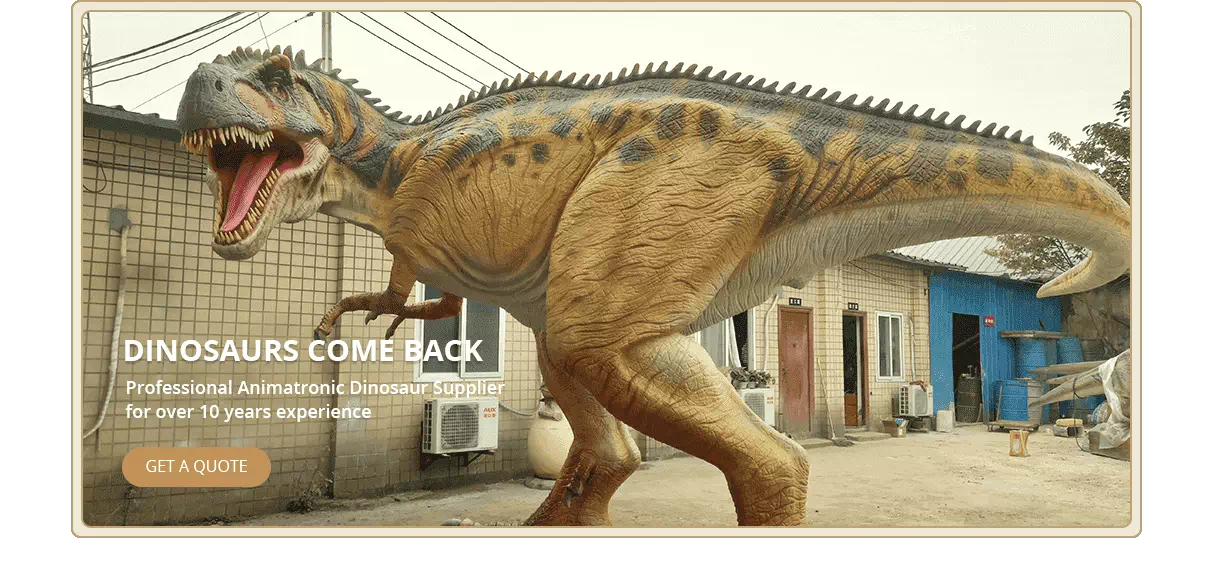Earth's geological age -Cenozoic Era
Why do we want to introduce the new generation separately today?
The Cenozoic Era marked the rise of mammals, with the most notable creatures being the "megafauna"—a group of enormous animals that roamed the Earth. In the icy regions of that time, herds of woolly mammoths, towering up to 3.5 meters tall and weighing as much as 8 tons, could be found. These majestic creatures were a vital food source for early humans for many years.
In present-day Australia, we find the diprotodon, the largest marsupial ever, resembling a giant wombat. Meanwhile, in the oceans, the megalodon dominated with teeth reaching lengths of 18 centimeters and bodies stretching up to 20 meters. Today's sharks are mere echoes of this oceanic giant.

The Cenozoic Era also saw the emergence of other extraordinary creatures, like giant armadillos, colossal sloths, and the "Siberian unicorn"—a giant rhino that roamed the Earth.
But why were these animals so massive?
Unlike the age of giant insects, which resulted from high oxygen levels, biologists believe the megafauna's size was a result of the dinosaur extinction. With the disappearance of the dominant dinosaurs, a vast ecological void opened up, allowing mammals to thrive in ways never before possible. Freed from the threat of dinosaurs and with abundant resources, these giant mammals flourished.

Although these majestic creatures are now extinct, we can bring them back to life through meticulously crafted models. Our company specializes in producing realistic, high-quality simulated animal models, offering both standard and custom designs to meet your needs.














